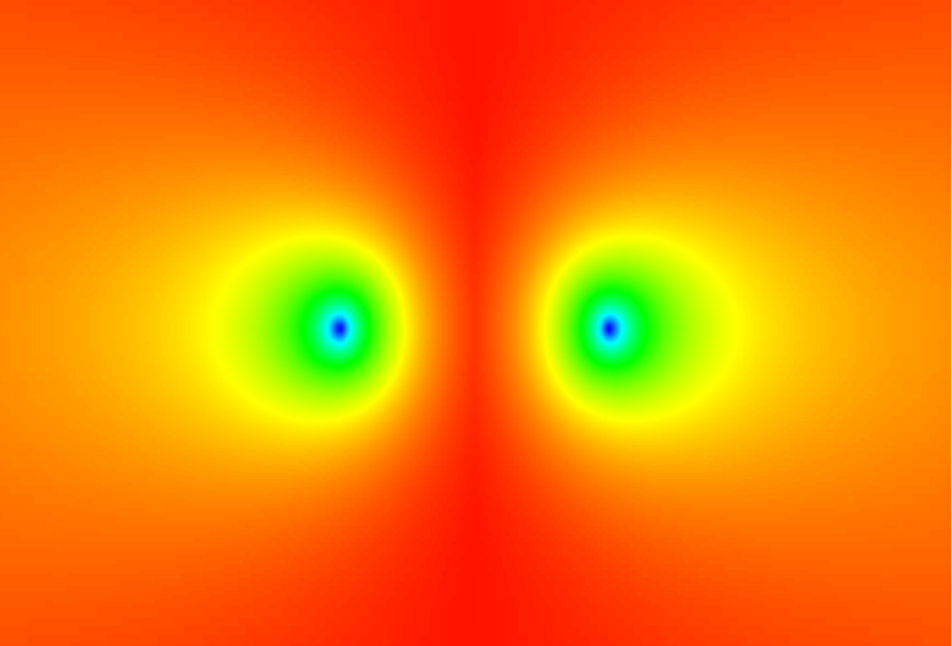Black holes don’t go down without a fight
 Atoms of different elements have distinct spectra. Atomic spectroscopy has been used to identify the atoms of different elements and to discover new elements by observing their electromagnetic emission spectra. We are now on the verge of doing the same with gravitational waves.
Atoms of different elements have distinct spectra. Atomic spectroscopy has been used to identify the atoms of different elements and to discover new elements by observing their electromagnetic emission spectra. We are now on the verge of doing the same with gravitational waves.
"Black hole spectroscopy" was studied theoretically for about 50 years. According to general relativity, when two black holes collide they merge and form a perturbed black hole that emits gravitational waves at very specific frequencies. The remnant of these mergers "rings down" like a bell. The observational data from gravitational wave detectors can put these predictions to the test. For the black hole mergers observed by LIGO and Virgo, the "ringdown" has a frequency of about a kilohertz or smaller, and dies out within a millisecond. Black holes die out quickly!
Most of these predictions were based on the linear approximation of Einstein's theory of general relativity, which ignores strong gravity effects that should be present when black holes collide, yet the merger looks surprisingly linear. Where did all the nonlinearities go?
A team of researchers from the Strong group at the Niels Bohr Institute, Johns Hopkins University, and Instituto Superior Técnico discovered that, before going quiet, the "sounds" emitted by black holes actually carry imprints of the full, nonlinear Einstein equations, and allow us to test it in all its glory. The work, published in Physical Review Letters and commended by its Editors for its breakthrough character, studied very carefully two sets of numerical simulations: the "quasicircular" mergers observed by LIGO/Virgo, and the head-on collision of two black holes close to the speed of light, where gravity is strongest. These simulations imply that nonlinearities might be observable with future gravitational-wave detections. Black hole spectroscopy is a newborn field and it can be used to understand in depth how black holes ring, and the inner workings of Einstein’s theory of general relativity.
